×
SparkFun will be closed on Tuesday, December 24th, and Wednesday, December 25th, in observance of the Christmas holiday. Any orders qualifying for same day shipping placed after 2:00 p.m. (MST) on Monday, December 23rd, will be processed on Thursday, December 26th, when we return to regular business hours. Wishing you a safe and happy holiday from all of us at SparkFun!
Please note - we will not be available for Local Pick up orders from December 24th-December 27th. If you place an order for Local Pick-Up we will have those ready on Monday, December 30th.
Hello everyone, and welcome back to another Friday Product Post here at SparkFun Electronics! This week we are preparing for some upcoming projects, but we still have plenty for you to check out. Let's start with a tried-and-true Atmospheric Sensor with an added feature. The BME280 Atmospheric Sensor breakout is a crowd favorite here at SparkFun so, based on user feedback, we've added pre-soldered headers to the board! Following that, we have four more products from our friends at BreadBoard Mates. You all seemed to really like us bringing these products into our catalog so we are happy to make more available for you! Now, let's jump in and take a closer look at all of our products for the week.
The SparkFun BME280 Atmospheric Sensor Breakout with Headers is the easy way to measure barometric pressure, humidity, and temperature readings all without taking up too much space. Basically, anything you need to know about atmospheric conditions you can find out from this tiny breakout. The BME280 Breakout has been designed to be used in indoor/outdoor navigation, weather forecasting, home automation, and even personal health and wellness monitoring. This version features pre-soldered headers for your convenience!
The TIMI-130, the larger brother to the original TIMI-96 (aka TIMI), is a unique breadboard compatible display development module aimed to speed up and reinvent the way electronic testing, development and projects are carried out in either stand alone, host interfaced, PC tethered, or educational settings. We also feature the TIMI-130 as a Starter Kit which features a TIMI-130 and a Mates Programmer to get you started as easily as possible!
Meanwhile, the TIMI-Click is a unique breadboard compatible display development module designed to provide development boards/modules which have a mikroBUS™ Click socket a simple to interface display solution. The TIMI Click will speed up the way electronic testing, development and projects are carried out. The Starter Kit version also features a TIMI-Click and a Mates Programmer to get you going!
That's it for this week. As always, we can't wait to see what you make. Shoot us a tweet @sparkfun, or let us know on Instagram, Facebook or LinkedIn. Please be safe out there, be kind to one another, and we'll see you next week with even more new products!
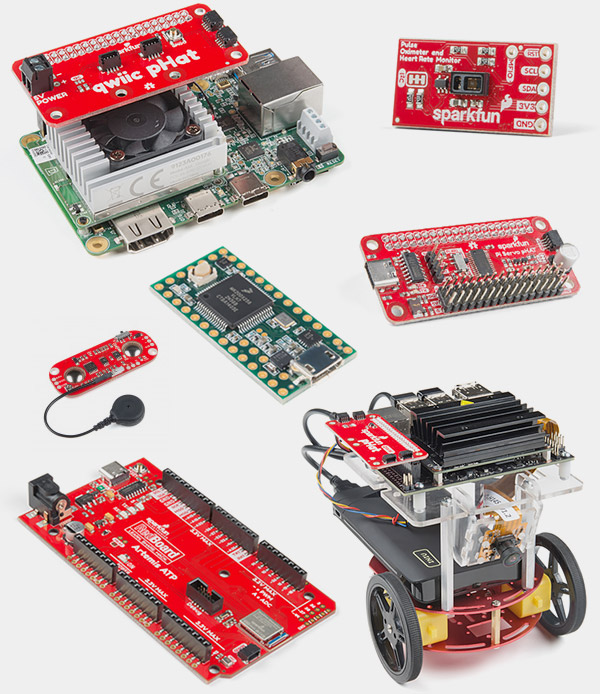
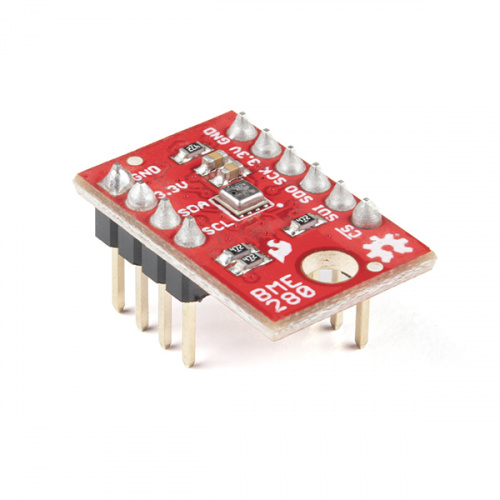
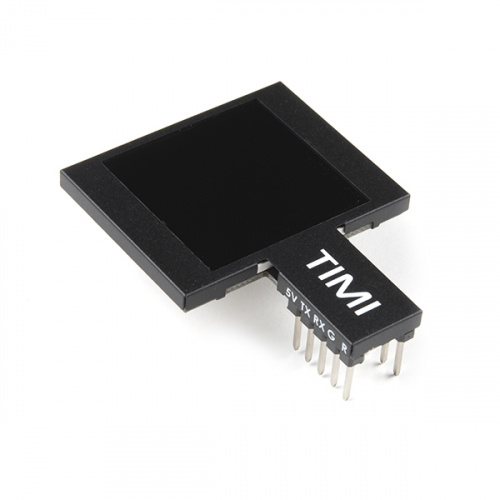
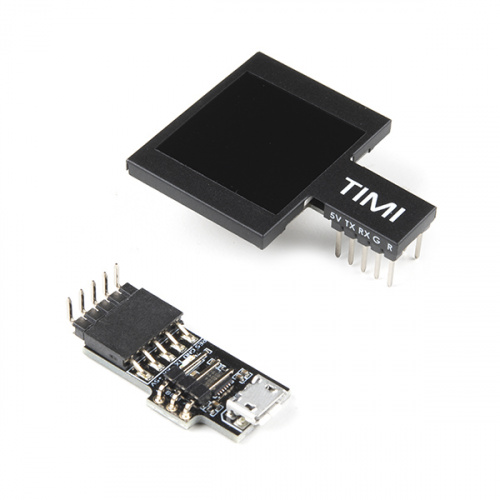
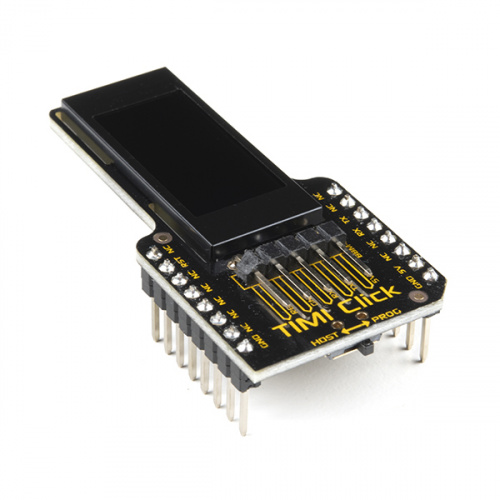

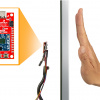
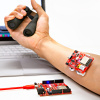
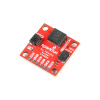
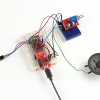
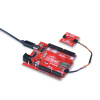






Although I can see the convenience of having headers pre-installed for most folks, I sincerely hope that the introduction of the BME-280 breakout with pins does not lead to the demise without pins. It would be a very big annoyance to have to first remove the straight headers to replace them with right angle headers. In my applications, I usually need them for the I2C side, and putting the header so that it is "across" the back side makes a very compact package. I then use 4 pin flat flex cable with crimp-on connectors, both from Digi-Key to connect to other boards. BTW, this cable is a LOT thinner than the typical ribbon cable, and can go through an operating window, or refridgerator door seal, with practically no effect on weather stripping.
Also, I was glad to note that this week's crop ojf TIMI stuff mentions the "RGB" resolution in "FEATURES", indicating that they are color.
Don't worry, we aren't going to be moving to 100% pre-soldered boards. The BME280 Breakout is useful in the classroom and we like offering these types of boards to teachers and educators so students can get started with them without any soldering. Options are good! :)
FWIW, the folks over at Adafruit have a version that's QWIIC compatible. Unfortunately for me, they reverse 3V3 and GND lines on the solder-in header, so would not be an easy fit for my usage -- I need to use the flex cable noted above with a solder-in header on the board due to the thinnes of the flat flex cable. But for a classroom, it seems to me the QWIIC can have some advantages even over the pre-installed headers.
Yup, and we have two Qwiic versions, as well!
Thanks, Chris! I had probably noticed them in the appropriate "new product Friday" postings, but had forgotten about them. They're both "hardware compatible" with the board I'd designed for my purposes, though I had included a Qwiic connector on the latest itteration of that board.